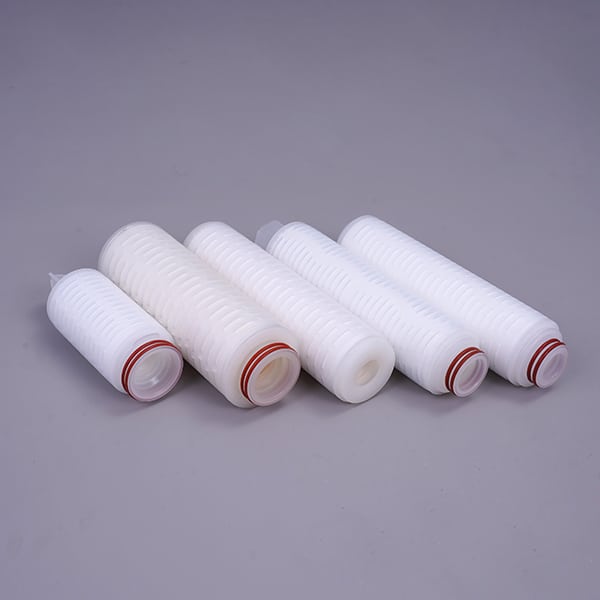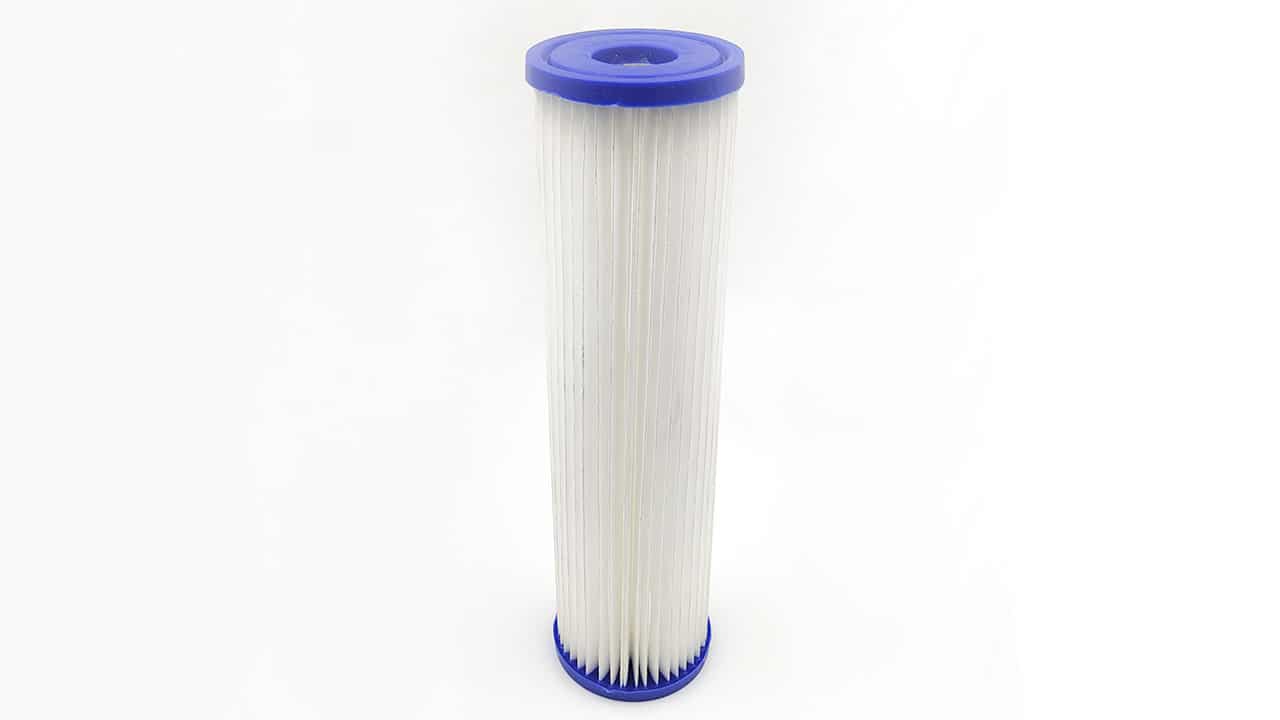
How Often Should You Replace Your Pool’s Sand Filter? Find Out Here
# How Often Should You Replace Your Pool’s Sand Filter? Find Out Here

Understanding the Importance of a Sand Filter
A sand filter is an essential component for maintaining a clean and safe swimming pool. It works by trapping dirt and debris, allowing only clean water to circulate back into your pool. Over time, however, the sand in these filters can become less effective, which directly impacts the quality of your pool water.
Replacing your pool’s sand filter at the right intervals ensures that your water remains crystal clear and free of contaminants. A well-maintained filter not only enhances your pool’s appearance but also extends the lifespan of your pool equipment. Neglecting this maintenance could lead to costly repairs down the line.
Signs That It’s Time for a Replacement
There are several indicators that may suggest it’s time to replace your sand filter. One common sign is decreased water clarity. If you notice that your pool water looks cloudy or dirty, it might be a signal that your filter is no longer functioning effectively.
Another warning sign is increased pressure readings on your filter gauge. If the pressure consistently remains high even after backwashing or cleaning, it may indicate that the sand is worn out and needs to be replaced. Keeping an eye on these signs can help you maintain optimal pool conditions.
The Benefits of Regular Replacement
Regularly replacing your sand filter comes with numerous benefits. For one, it ensures that your pool water remains clean and safe for swimming. Clean water is vital for the health of swimmers, making it crucial to keep your filtration system in top shape.
Additionally, a new sand filter can improve the efficiency of your pool’s circulation system. This enhanced performance can reduce energy costs and extend the life of your pool pump. Investing in high-quality sand filters can ultimately save you money in the long run.
Choosing the Right Sand Filter for Your Pool

When it’s time to replace your sand filter, selecting the right one is critical. Consider factors such as the size of your pool, the type of debris commonly found, and your budget. Sand filters come in various sizes and specifications, so finding one that matches your needs is essential.
Don’t forget to evaluate the quality of the sand itself. High-grade silica sand will provide better filtration compared to regular sand. Investing in a good-quality sand filter will ensure that your pool stays clean and inviting throughout the swimming season.
Maintaining Your New Sand Filter
Once you’ve replaced your sand filter, proper maintenance is key to its longevity. Regular backwashing is necessary to remove dirt and debris trapped in the sand. Following the manufacturer’s guidelines for maintenance frequency can help keep your filter operating efficiently.
Additionally, consider using a filter cleaner to enhance the effectiveness of your sand filter. These products can help break down oils and other contaminants that may build up over time. Proper care will maximize the lifespan of your new sand filter and ensure your pool remains in pristine condition year-round.

